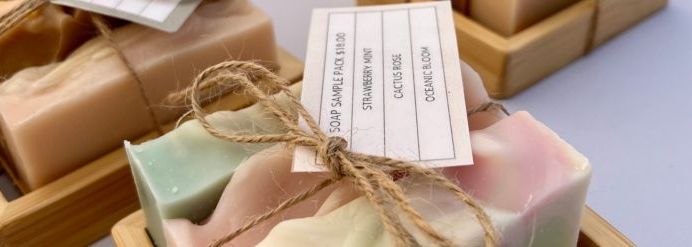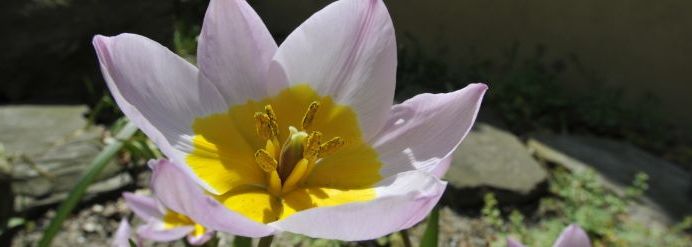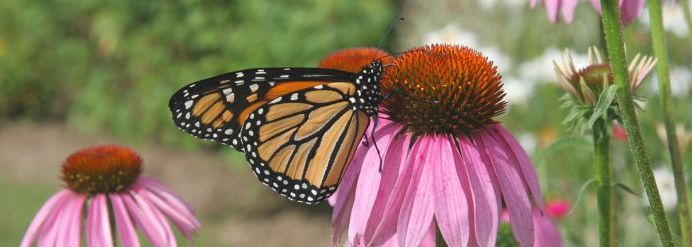Indoor plants not only add a touch of nature and beauty to our living spaces, but they also provide numerous health benefits. Keeping indoor plants thriving requires proper care and attention. Let’s learn about how to care for houseplants, including the essential tips and techniques to become a pro!
Choose the right plants
It’s crucial to select the right plants for your indoor environment. Consider factors such as lighting conditions, what direction your windows face, humidity levels and what available space you have. If you’re completely new to this, consider choosing a low-maintenance plant such as a pothos or a snake plant. Both these plants can adapt well to a variety of indoor settings and require minimal effort to thrive.
It’s all about lighting and placement
Proper lighting is essential for indoor plants, as it directly impacts their growth and overall health. Identify the light requirements of your specific plants and know that some prefer bright, direct light, while others thrive in indirect or low-light conditions. Place plants near windows with ample sunlight or use artificial grow lights if natural light is limited. Remember to rotate your plants occasionally to ensure even growth and prevent them from leaning toward the light source.
The happy medium to watering and moisture
Watering is a critical aspect of plant care, and it's important to strike the right balance. Overwatering can lead to root rot, while underwatering can cause dehydration and wilting. Each plant has its unique water requirements, so research and understand the needs of each individual plant.
Typically, it's best to water thoroughly, allowing excess water to drain away. Check the moisture level by touching the soil's top layer before watering again. Consider factors such as humidity, room temperature and the season. You could also download a plant care app like Greg that tells you when to water them.
Keeping a perfect temperature and humidity
Most indoor plants thrive at room temperature, ideally between 65-75°F (18-24°C). Avoid exposing plants to extreme temperature fluctuations, such as drafts from windows or heating/cooling vents. Some plants, like tropical varieties, appreciate higher humidity levels. You can increase humidity by misting plants with water, placing them on trays with pebbles and water, or using a humidifier nearby. Regularly monitor and adjust these factors based on the needs of your plants.
The key to fertilizing and pruning
To support healthy growth and vibrant foliage, indoor plants often benefit from periodic fertilization. Choose a balanced, water-soluble fertilizer. Apply fertilizer during the growing months (typically spring and summer) and reduce or cease fertilization during the dormant (or winter) period. Pruning helps maintain the shape and size of your plants while promoting new growth. Regularly trim away dead or yellowing leaves, and prop up long stems to encourage healthy growth.
Anyone can learn how to care for houseplants
As with anything, becoming a good plant parent takes time. You may find that you learn the most in failure. Patience is key. Caring for indoor plants is a rewarding experience. When you learn how to care for houseplants and understand each plant’s needs, you’ll create a thriving indoor space that has benefits for you, as well. Air quality will be improved and humidity levels will be increased. You’ll also notice a reduction in your stress levels and an improvement in both your physical and mental health. Purchase your first plant from one of our plant vendors at the Gretna Farmers Market!















